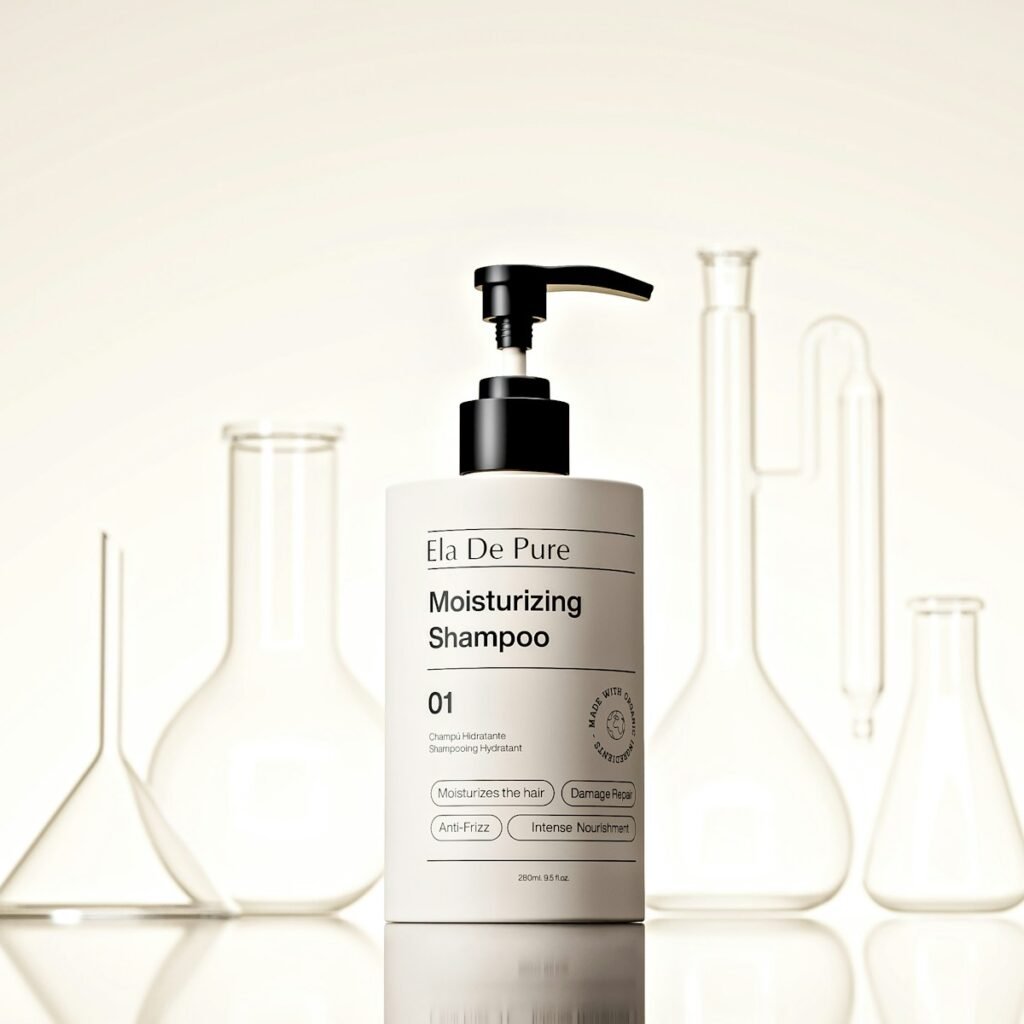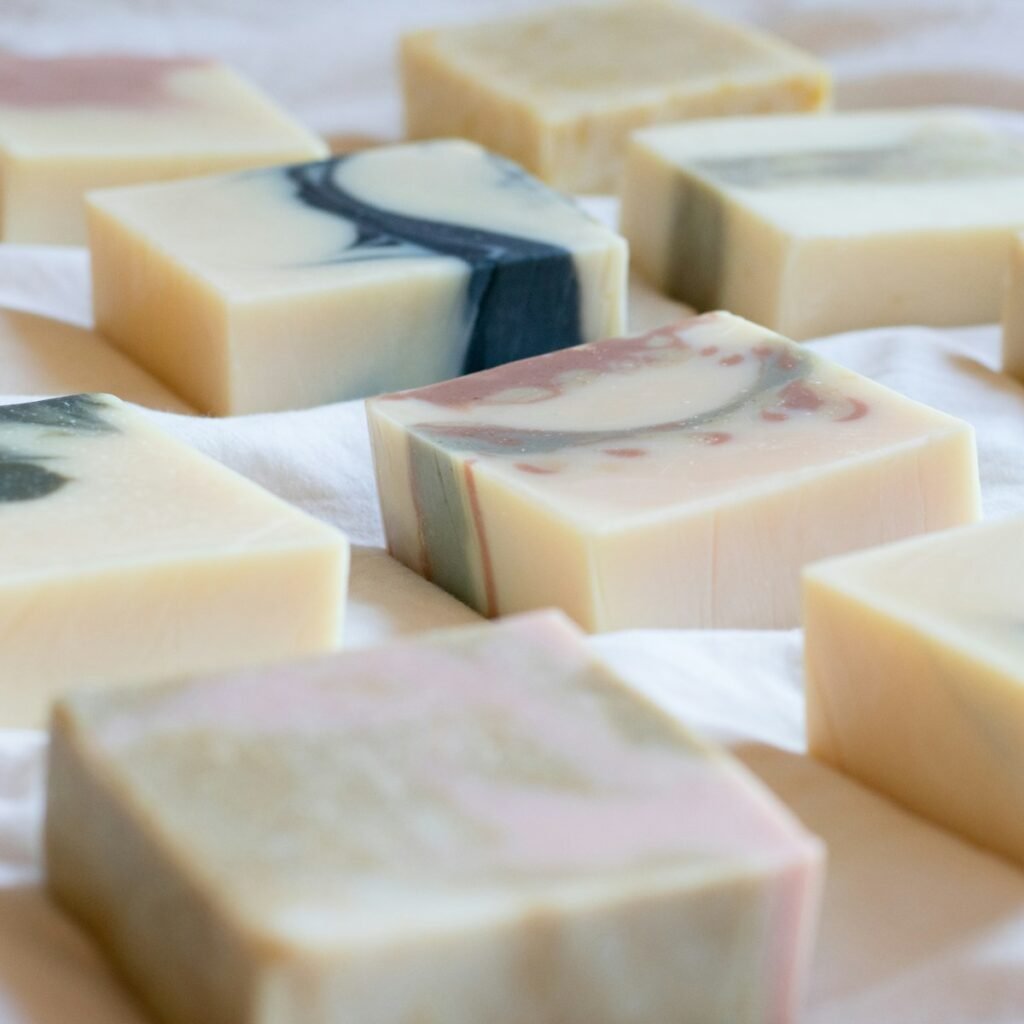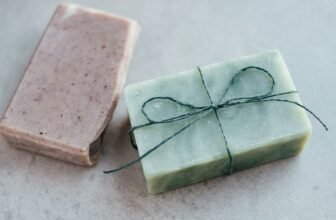You walk into a salon or scroll through a beauty site. A sleek bottle of shampoo promises “keratin magic,” “hydrating elixirs,” or “micellar detox.” It costs $28.
You reach home, glance at the label—and the first three ingredients?
Water. Sodium laureth sulfate. Fragrance.
Wait… isn’t that basically dish soap?
Well… yes. In most cases, you’re buying a rebranded surfactant cocktail with perfume and marketing.
The truth? The chemical difference between most shampoos and liquid dish soap is far smaller than advertisers want you to know.
In this article, we’ll uncover:
- The actual chemistry of shampoo vs. dish soap
- What makes a detergent harsh or gentle
- The role of fragrance, foaming, and additives
- How to spot overpriced fluff vs. real innovation
- When expensive shampoo is worth it—and when it’s not
What’s in Shampoo—And Why It’s Familiar
Most shampoos, regardless of price, share a nearly identical chemical base. Here’s a breakdown:
| Common Ingredient | Function | Also Found In |
|---|---|---|
| Water (Aqua) | Solvent | Everything from lotion to windshield fluid |
| Sodium Laureth Sulfate (SLES) | Surfactant (foaming/cleansing) | Dish soap, body wash |
| Cocamidopropyl Betaine | Secondary surfactant, mild | Baby wash, foam hand soap |
| Fragrance (Parfum) | Scent | Fabric softeners, deodorant |
| Preservatives (e.g., DMDM Hydantoin) | Shelf-life extension | Laundry detergent, cleaning sprays |
| Silicones (e.g., Dimethicone) | Smooth feel, shine | Hair serums, conditioners |
So what’s the difference?
Mostly: scent, texture, packaging, and promises.
The Science of Surfactants: Shampoo vs. Dish Soap
Both shampoo and dish soap are detergents, or more precisely, amphiphilic surfactant systems.


They remove oils, dirt, and debris by:
- Embedding their hydrophobic tails into oil
- Letting water-loving hydrophilic heads surround it
- Forming micelles that rinse everything away
✂️ Harshness Scale:
| Product | Surfactant Blend | Stripping Power |
|---|---|---|
| Dish Soap | Strong (SLS or SLES) + degreasers | High |
| Shampoo | SLES + mild co-surfactants | Medium |
| Baby Shampoo | Non-ionic surfactants, no SLS | Low |
While dish soap is designed to cut through grease, shampoos aim to preserve natural oils—but many still use the same surfactants, just diluted and paired with conditioning agents.
Why Expensive Shampoos Seem Better
Luxury shampoos often:
- Use the same base detergents
- Add small amounts of exotic-sounding extracts (argan oil, silk protein, quinoa)
- Include perfume blends that linger
- Package in aesthetically pleasing bottles
- Invest more in marketing than formulation
The science doesn’t always match the price tag. In blind tests, most people can’t tell the difference between salon and supermarket brands.
📊 Fun Fact:
A 2017 Consumer Reports panel found no correlation between shampoo price and performance across 21 brands.
Fragrance ≠ Function
Ever wonder why shampoo smells so much better than soap?
Fragrance compounds are where chemistry meets psychology. Perfumers design layered scents to:
- Signal “cleanliness” (e.g., citrus, mint)
- Evoke luxury (e.g., jasmine, sandalwood)
- Mask the base detergent smell
But chemically speaking?
Fragrance adds nothing to cleaning power and often introduces allergens and irritants.
The Role of Additives: Do They Work?
✅ Some Additives Are Useful:
- Panthenol (Provitamin B5): Moisturizes hair shafts
- Keratin hydrolysates: Temporarily strengthen weak hair
- Silicones: Smooth hair cuticles for shine and detangling
❌ Some Are Pure Hype:
- Gold flakes: No proven benefit
- Caviar extracts: Present in too-small amounts to matter
- “Botanical infusions”: Diluted water-based solutions with minimal efficacy
⚠️ Watch Out For:
- Sulfates: Can be drying for sensitive scalps
- Parabens: Preservatives debated for endocrine disruption
- Formaldehyde donors: Release small amounts over time for preservation
When Expensive Shampoo Is Worth It
Here’s when to consider shelling out:
- Color-treated or damaged hair: Sulfate-free, protein-rich formulations
- Sensitive skin/scalp: Fragrance-free, non-allergenic blends
- Curly/kinky hair types: Specialized formulas with oils and low-poo detergents
- Medical needs: Prescribed or dermatologist-recommended products
But for normal, healthy hair?
A $4 bottle with balanced pH and no irritants will likely do the job just fine.
The Bottom Line: Learn to Read the Label
Don’t let brand hype scrub your wallet.
Here’s how to decode shampoo in under 30 seconds:
- First ingredient = water (expected)
- Second = surfactant (usually SLES or sodium lauroyl isethionate)
- Fancy stuff at the end = tiny amounts
- Fragrance = no cleaning value
- Price ≠ performance
Remember: Clean hair is a function of chemistry, not glamour.
Want to Switch Smart?
Try comparing your shampoo label with your dish soap. If the first five ingredients match, you’ve got your answer.
Or go minimalist:
Use a mild castile soap or sulfate-free shampoo + a vinegar rinse.
Because chemistry doesn’t care about packaging—it only reacts.



